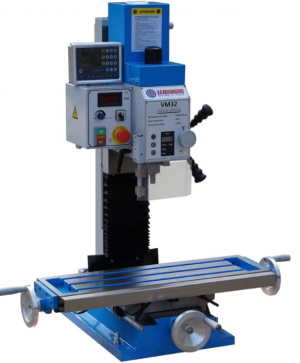- Joined
- Sep 1, 2023
- Messages
- 68
keep in mind that concrete floors and wall move with ground movement and any attempt to use the wall/floor intersection to create a solid 90 deg joint (in the specific intent of machining) is doomed.
My concrete basement was built in the 1950s before every inch of the world was ruled by accountants, and the walls are 12" thick with lots of rebar, and I'd be surprised if the ground slab was not equaly robust.
That being said, If I ever chose to implement this "wall anchor", being of the curious/paranoid type, I will monitor the movement of the column relative to the wall with an indicator, when I loosen the bolts, every week or so, and If I see needle movement, I will keep the anchor detached, and only attached when I need maximum rigidity for critical cuts.
There are chances that temperature changes can cause movement of the base relative to the wall, having the anchor detached, by default, and attached only when needed might be required.


